Test Tube Nature
My time here at Denver Botanic Gardens has been nothing short of profound expression. As a spectator in the Gardens, it feels like a dream. Through the eyes of a summer intern, I am a dreamworker—carefully curating the vision embodied by the Gardens. This institution emphasizes the importance of connection and cooperation across fields, so that everyone finds their place of resonance, through a multitude of approaches to plants and nature.
My focus for the summer was in tissue culture, which allows for the propagation of plants that are difficult to produce through traditional means. Clonal production is achieved through promoting the growth of pre-existing meristems. Seed germination can be improved with more precisely controlled conditions in vitro. Tissue culture involves sterilizing plants and establishing them on an agar-based media complete with nutrients, sugars and plant hormones. This media provides all components necessary for growth, eliminating the need for light and promoting growth regardless of weather or season. Tissue culture can be used to remove virus and disease from highly desirable or rare plants, to exponentially increase the amount of plant material available and to fully nourish all environmental needs for otherwise tricky plants.
I spent the summer working with Erodium absinthoides in vitro. This plant is highly desirable for the Plant Select® program for its luscious ground cover and purple flowers. However, it has proven to be difficult to get into tissue culture. Its growth pattern makes it harder to clean contamination hidden in the plant crevices. We tested different sterilization methods such as bleach concentration, time spent soaking to kill bacteria and fungi, and single versus multiple sterilization techniques. We found a lower bleach concentration at a longer time has proven to be more effective.
From there, we moved the Erodium into the next stages of tissue culture where we encouraged new types of growth. These stages promote shoot and root growth using increased cytokinins and auxins, respectively. These are naturally occurring plant hormones that when added affect where a plant directs its energy. In this stage of tissue culture, called callogenesis, we used a form of plant growth called callus. A callus is made up of undifferentiated plant cells, meaning that the cells have no designated role in the plant system yet, so they can be manipulated to form the desired plant tissue by adding the proper hormones and concentrations into their media. Through this process we are able to narrow down the hormone concentrations that are most effective in the Erodium absinthoides tissue culture protocol, so that it may be mass-produced for the Plant Select program and growers everywhere.
Outside of the tissue culture lab I also worked with the National Agricultural Technology Institute of Argentina (INTA). The Gardens has partnered with them to receive their seeds and test germination protocols for highly desirable plants. Our climate and environment in Colorado are very similar to that of Argentina because they are both steppe regions. An abundance of alpine plants and microenvironments dominate both ecosystems, making us an ideal candidate to compare cultivation techniques and maintain botanical preservation efforts. This is one of the main goals of the Gardens—to serve as a site of collection and conservation for plants around the globe. Being a part of this project only reinforces the role we have as humans to collaborate internationally for the wellness of all.
This blog post was written by summer intern Krista Kingsbury. Krista is a recent graduate from the University of Florida with a degree in Botanical Research. Her interests lie in learning more about the innate wisdom of plants and of nature itself. She is a yoga teacher and aspiring herbalist; through these means she seeks to understand the human connection to nature.
Gallery
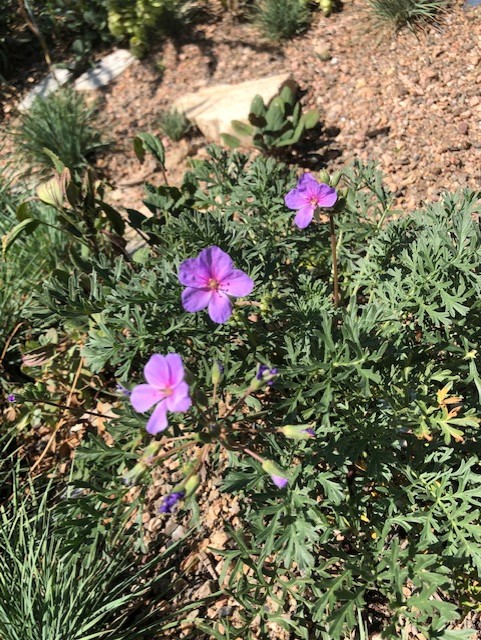
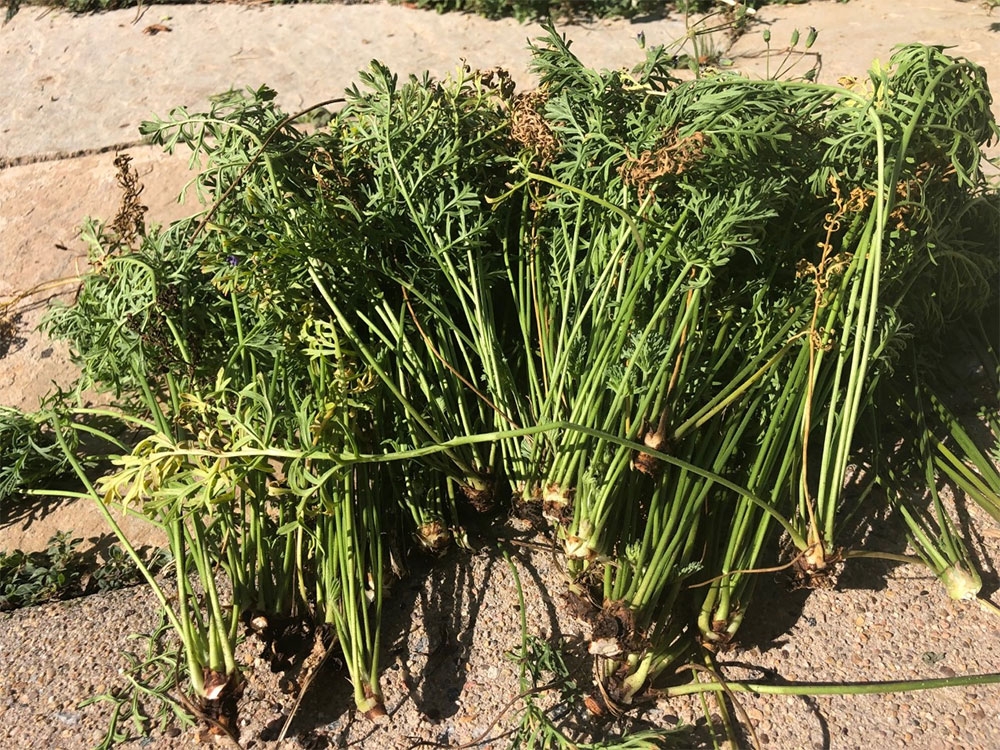
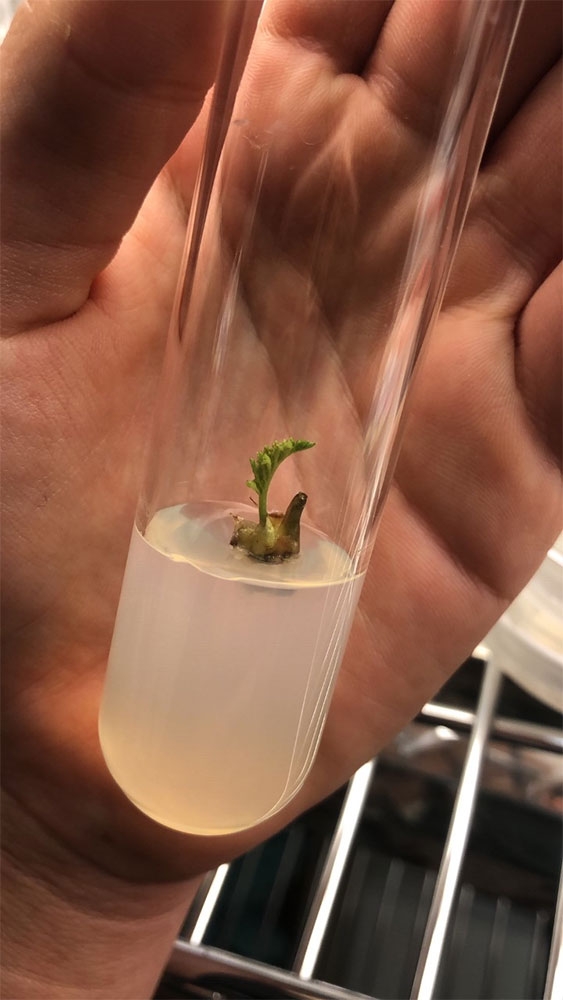
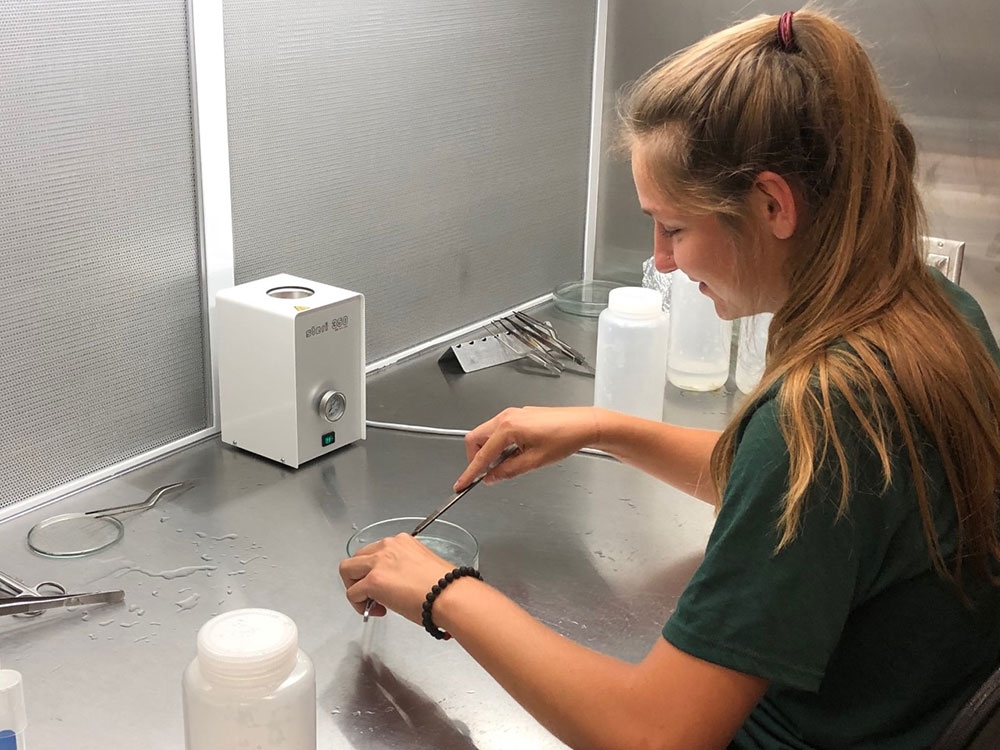
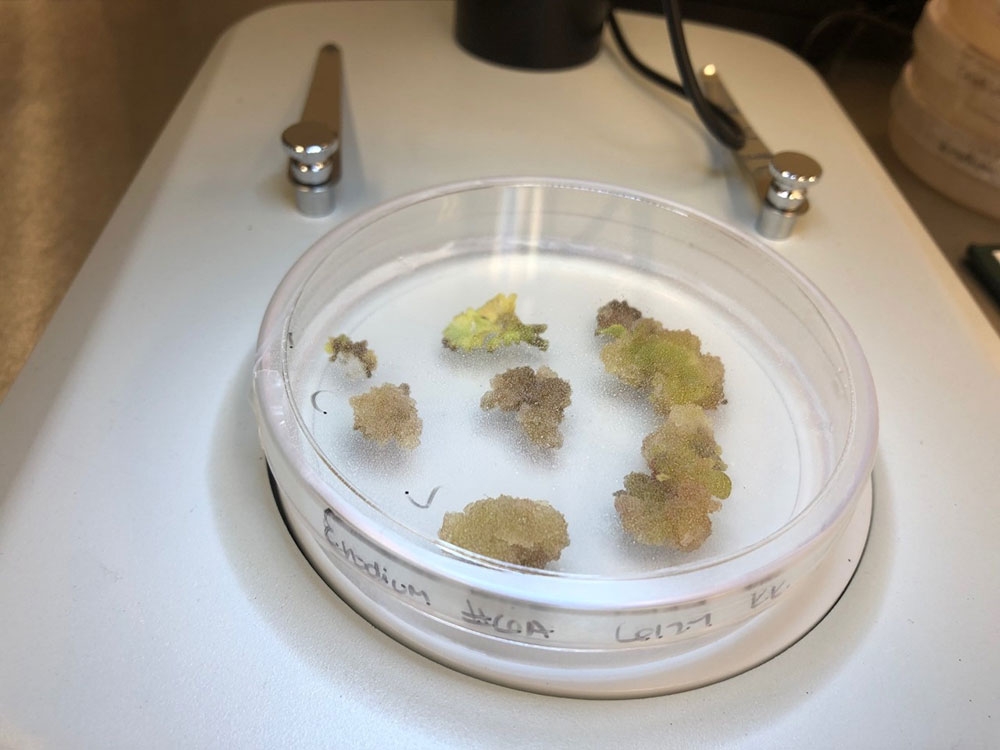
Add new comment